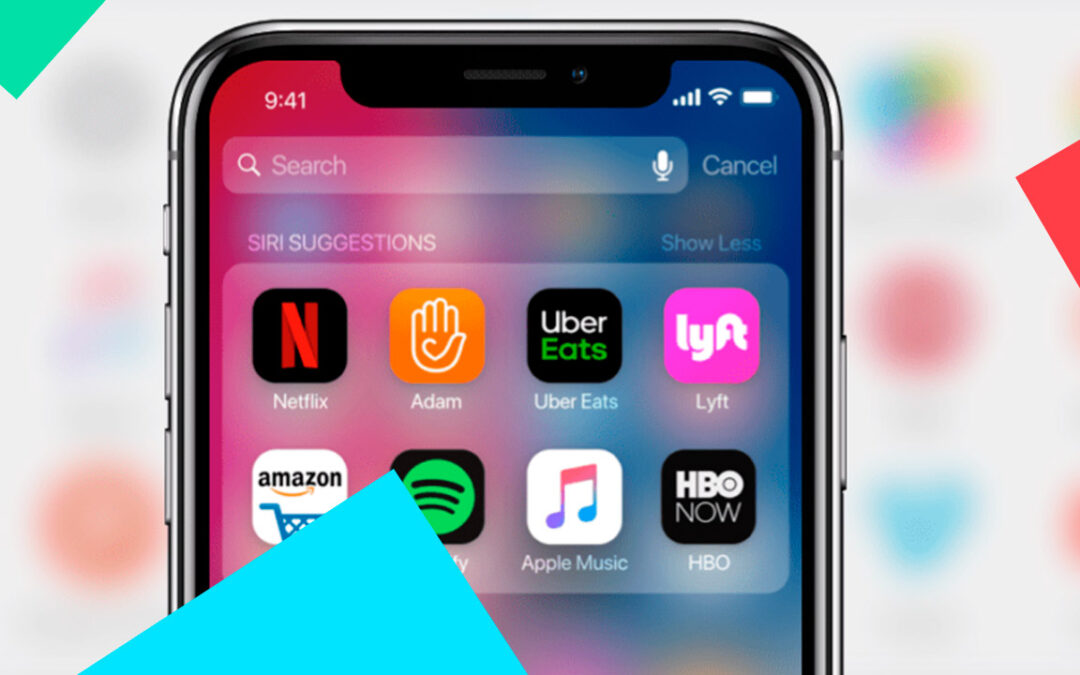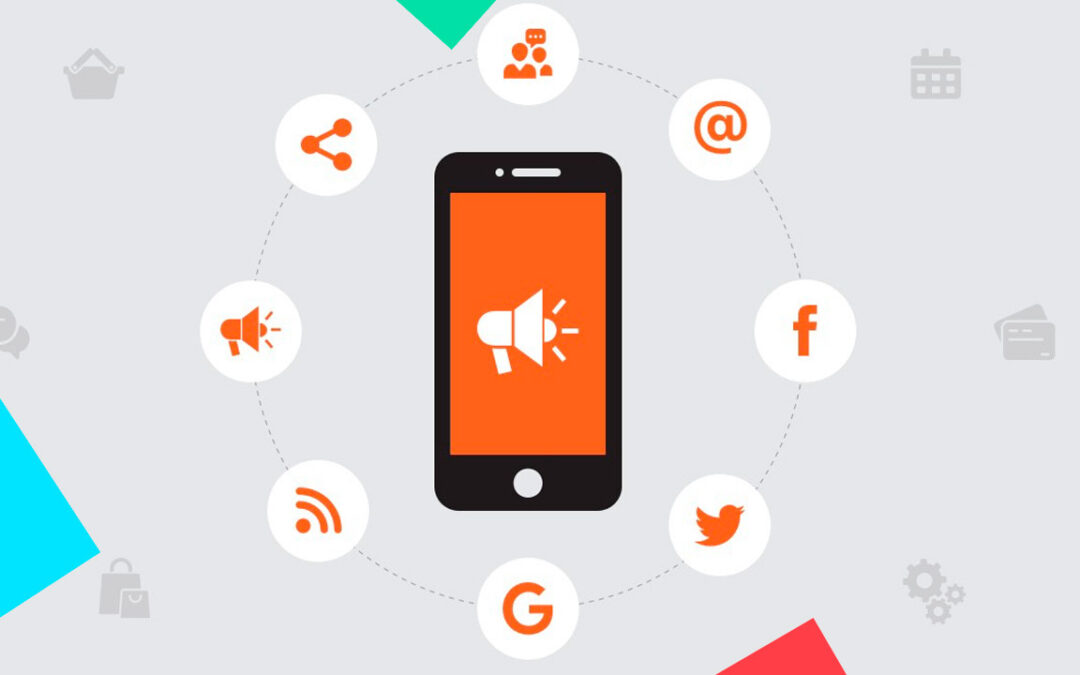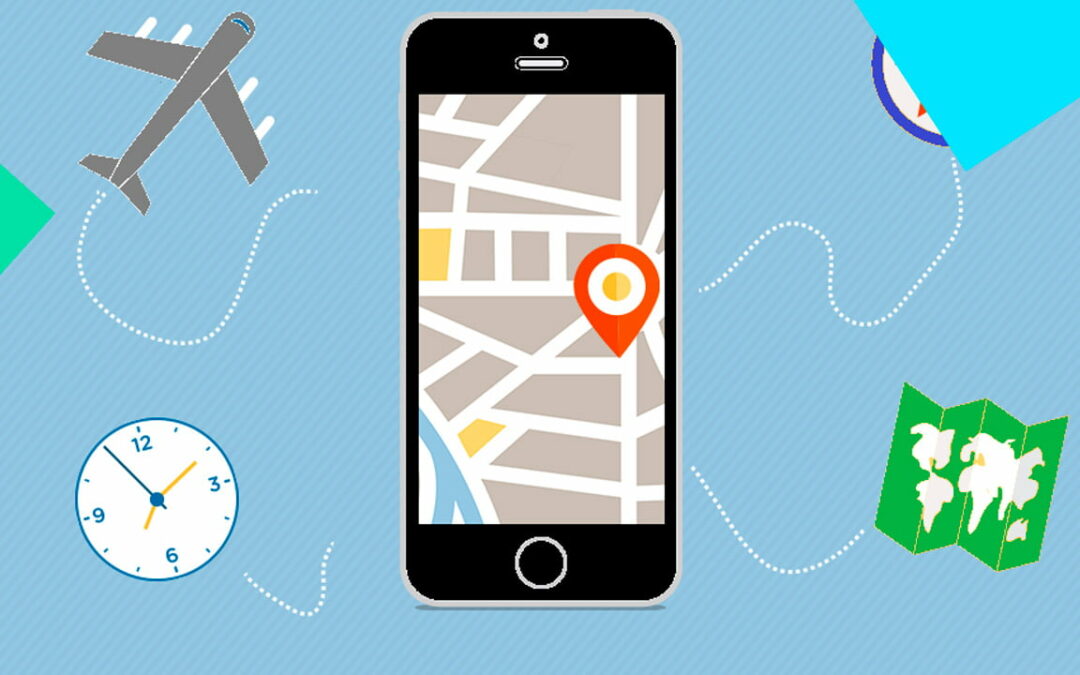Mobile is a burgeoning industry that attracts companies from all industries. It’s no surprise, given that mobile app revenues are expected to reach nearly $600 billion by 2020. Because of the increasing popularity of smartphones and tablets, mobile application development has become an increasingly popular trend among business owners all over the world.
But, exactly, what is a mobile app? What advantages does it provide to businesses? And how does the process of developing a mobile application look?
We’ve created a guide that addresses all of these concerns and more! Continue reading to learn everything you need to know about mobile app development.
All of this knowledge stems from our 9 years of experience as an Android app development company and an iOS app development company.
1. What is the definition of a mobile application?
A mobile application (also known as a mobile app) is a type of application that is designed to run on a mobile device, such as a smartphone or tablet computer. Despite the fact that apps are typically small software units with limited functionality, they manage to provide users with high-quality services and experiences.
Mobile applications, in contrast to desktop applications, move away from integrated software systems. Instead, each mobile app offers a distinct and limited set of features. It could be a game, a calculator, or a mobile web browser, for example.
Mobile apps avoided multi-functionality due to the limited hardware resources of early mobile devices. Even though today’s devices are far more sophisticated, mobile apps remain primarily functional. This is how mobile app developers allow customers to choose which features their devices should have.
2. Key technologies for mobile app development
Here’s a closer look at all the different technology considerations business owners must make before building an app to help you understand the process of building a mobile application.
Native applications
What exactly are native apps? These apps are developed for a single mobile operating system. That’s why they’re called native – they’re specific to a platform or device. The vast majority of mobile apps today are created for operating systems such as Android or iOS. Simply put, you cannot install and use an Android app on an iPhone and vice versa.
Native apps’ main advantage is their high performance and excellent user experience. After all, the developers who create them make use of native device UI. Access to a diverse set of APIs also aids in the acceleration of development work and the expansion of app usage boundaries. Native applications can only be downloaded and installed directly into devices from app stores. That is why they must first go through a rigorous publishing process.
The most significant disadvantage of native apps is their high cost. To create, support, and maintain an app for both Android and iOS, two development teams are required. As you might expect, this may result in a higher project cost.
Web applications
Web apps are software applications that operate on mobile devices and behave similarly to native mobile apps. There are, however, significant distinctions between native apps and web apps. To begin, web apps run in browsers and are typically written in CSS, HTML5, or JavaScript. Such apps send the user to the URL and then give them the option to install the app. They merely add a bookmark to their page. As a result, they require only a small amount of device memory.
Users can only use the application if they have an internet connection because all of their personal databases will be saved on the server. The main disadvantage of web apps is that they always require a good internet connection. Otherwise, you run the risk of providing a poor user experience.
Furthermore, aside from the most popular features such as geolocation, developers do not have a large number of APIs to work with. The performance will be linked to the browser’s work as well as the network connection.
Apps that are hybrids
Web technologies such as JavaScript, CSS, and HTML 5 are used to create these apps. What is the significance of the term “hybrid”? Hybrid apps are essentially web apps disguised in a native wrapper.
Hybrid apps are simple and quick to create, which is a clear advantage. You also get a single codebase that works across all platforms. This reduces maintenance costs and streamlines the updating process. Many APIs are available to developers for features such as gyroscopes and geolocation.
Hybrid applications, on the other hand, may be slow and inefficient. You may also encounter design issues if the app does not look the same on two or more platforms.
3. Different types of mobile applications
Mobile applications come in a variety of sizes and shapes. To help you understand the current trends in the mobile landscape, here are the most popular types of mobile apps.
Gaming apps – are the most popular type of mobile app. You’d be surprised how many people install games on their phones. Because it is such a profitable market, businesses are investing an increasing amount of time and resources into developing games and mobile versions of well-known stationary games. According to a recent study, mobile games account for 33% of all app downloads, 74% of consumer spending, and 10% of total app time spent. The most popular mobile games, such as Candy Crush Saga and Angry Birds, become well-known around the world.
Business or productivity apps – these apps account for a sizable portion of the market today, as people increasingly rely on their smartphones and tablets to perform a variety of complex tasks while on the go. Apps, for example, can assist them in booking tickets, sending emails, and tracking their work progress. Business apps are designed to increase productivity and reduce costs by allowing users to complete a wide range of tasks, from purchasing new office printer cartridges to hiring a new office manager.
Educational apps – These are mobile apps that help users learn new skills and knowledge. Language learning apps, for example, such as Duolingo, have grown in popularity because they provide users with the flexibility they seek when learning. Educational game apps are an excellent resource for children. Many educational apps are also popular among teachers, who use them to better organize their teaching processes or to further their education.
Shopping, fashion, virtual fitting rooms, workout, dating, and diet apps – are all part of the lifestyle app category. These apps primarily address various aspects of personal lifestyle.
e-Commerce apps – The most popular shopping apps, such as Amazon or eBay, provide mobile users with the same experience as their desktop versions. For an optimal shopping experience, mobile commerce applications provide customers with easy access to products and seamless payment methods. Learn more about the definition of mobile commerce and the various types of mobile commerce.
Apps that allow users to stream video content, search for events, chat, or watch content online are examples of entertainment apps – Social media apps such as Facebook and Instagram are excellent examples. Furthermore, video streaming apps like Netflix and Amazon Prime Video have grown in popularity among users all over the world. These apps typically increase user engagement by informing members of updates and newly added products.
Utility apps – are so obvious that we don’t even realize we’re using them. In fact, utility apps typically have the shortest user session times – people use them to complete tasks and then move on. The most common utility apps are barcode scanners, trackers, and healthcare apps.
Travel apps – the main idea behind this category is to make it easier for users to travel. Travel apps turn a smartphone or tablet into a travel diary and guide, assisting users in learning everything they need to know about the location they’re visiting. The majority of tourists are digitally savvy travelers who understand how to use apps to their advantage. Can you imagine how you’d travel without Google Maps, Airbnb, or Uber? You might also be interested in: How to Create an Uber-Like App in 2021: Process and Cost
4. Statistics for mobile apps
Here are the most important statistics that show the current mobile landscape and its future to give you a broader view of the mobile app scene today.
In the United States, the average mobile app user has over 100 apps installed on their device. (Source)
A typical smartphone user will check their phone 63 times per day. (Source)
87 percent of smartphone users check their phones at least one hour before going to bed. 69 percent of those polled will check their phone at least five minutes before going to bed. (Source)
After only one day of use, 79 percent of users will abandon a digital product. (Source)
Today, mobile apps account for more than 57% of all digital media usage. (Source)
By 2021, nearly 7 billion people around the world will be using mobile devices. (Source)
The number of mobile app downloads per year will reach 258 billion by 2022. This is a significant increase from 2017, when the figure was 168 billion. (Source)
By the same year, app store consumer spending will have increased by 92 percent to a whopping $157 billion globally. (Source)
5. What is the definition of mobile app development?
Mobile app development is a process that is heavily influenced by traditional software development. Its focus, however, is on developing software that takes advantage of the unique features of mobile device hardware.
Taking a desktop-based application and importing it to a mobile device is the most straightforward scenario for developing a mobile app. However, as the app grows in functionality, this technique may become problematic.
A better approach would be to design specifically for the mobile environment. It’s a method that takes advantage of all the advantages that mobile devices provide. The process considers their limitations and assists business owners in balancing cost and functionality.
For example, applications that use location-based features like maps are always designed with mobile in mind. Because desktop users do not move, location-based services delivered through a desktop app make less sense.
Bluetooth, Near Field Communication (NFC), GPS, gyroscopic sensors, cameras, and other features are standard on modern smartphones and tablets. These features can be used by developers to create apps that use technologies such as Virtual or Augmented Reality, barcode scanning, location-based services, and many others. The most successful and popular mobile applications make the best use of smartphone features.
Another complication arises from the hardware issue in mobile devices:
While iOS developers can only expect their apps to run on two types of devices (iPhones and iPads), Android developers cannot. In fact, for them, each smartphone and tablet may be running on different hardware and operating system versions.
6. How do I create a mobile app?
If you want to create a mobile application, you basically have three options:
Create an internal development team.
Engage the services of a specialized software development firm.
Make use of freelancers’ expertise.
Here’s a quick rundown of each option, along with their pros and cons, to help you make the best decision for your mobile development project.
Putting together an in-house team
If you decide to form an in-house development team for your project, you will have complete control over the development of your mobile app. This, however, will come at a high cost.
After all, you’ll have to pay not only for developers’ salaries, but also for a variety of overhead costs such as workspace, benefits and perks, hardware, software licenses, and so on. This can be especially difficult if you live in an area where hiring mobile developers is prohibitively expensive.
If you choose this option, your app will cost a lot of money. Because you will be responsible for the work of your team, the risk of your project will rise.
Hiring a contractor
This is unquestionably the least expensive of the three options. Hiring a single freelancer to build your mobile app will simplify the development process. Because only one person will be in charge of developing your app, communication may be easier, and collaboration issues may be avoided.
Finding a dependable and trustworthy freelancer, on the other hand, is difficult. You will be better off relying on a single person’s skills and expertise to ensure the overall success of your project. Even if you hire a talented mobile developer, they may be excellent at backend development but have little knowledge of frontend development. Your product will suffer if you create an app that works well but has an unappealing user interface.
Hiring a freelancer is a cost-effective option, but it comes with a slew of risks that could jeopardize the development of your app at any point.
Using a software development firm
Today, there are numerous software development firms that specialize in mobile development. By collaborating with such firms, you will be delegating the task of developing your app to a group of professionals who can provide you with a wide range of services such as:
- UX/UI design,
- product development,
- backend and frontend development,
- testing,
- quality assurance (QA),
- and project management.
The main advantage of this option is that you can benefit from the team’s collective expertise and knowledge gained through the completion of projects similar to yours. You can confirm their experience and skills by reviewing their portfolio and asking for client recommendations.
We recommend that you read more about how to select the best app development company for your project.
This option provides an excellent cost-quality balance, especially if you decide to outsource your project to a team located in a region where development rates are lower than in your home country. You can estimate your project with various software houses in order to compare their offers and learn how much mobile app development will cost in 2021.
So, that’s all there is to the comparison of the three models mentioned above. Read our guides for a more in-depth comparison of an in-house and outsourced team:
Software development in-house vs. outsourced – a comparison
Outsourcing software development: benefits and risks that every app owner should be aware of
Conclusion
We hope this guide has helped you understand the current state of the mobile app development landscape. In the future, we will see even more innovative mobile applications that take advantage of cutting-edge technologies such as the Internet of Things, Augmented Reality, Virtual Reality, and others.
And here’s one thing you can count on:
Businesses will invest more resources in mobile apps as mobile devices outnumber desktop devices in terms of user numbers and engagement.
Are you looking for a skilled mobile development team to work on your project? Please contact us.
We specialize in mobile development, and our experts are up to date on all the latest technologies to assist you in developing a mobile app that provides an exceptional user experience while also generating tangible value for your business.












0 Comments